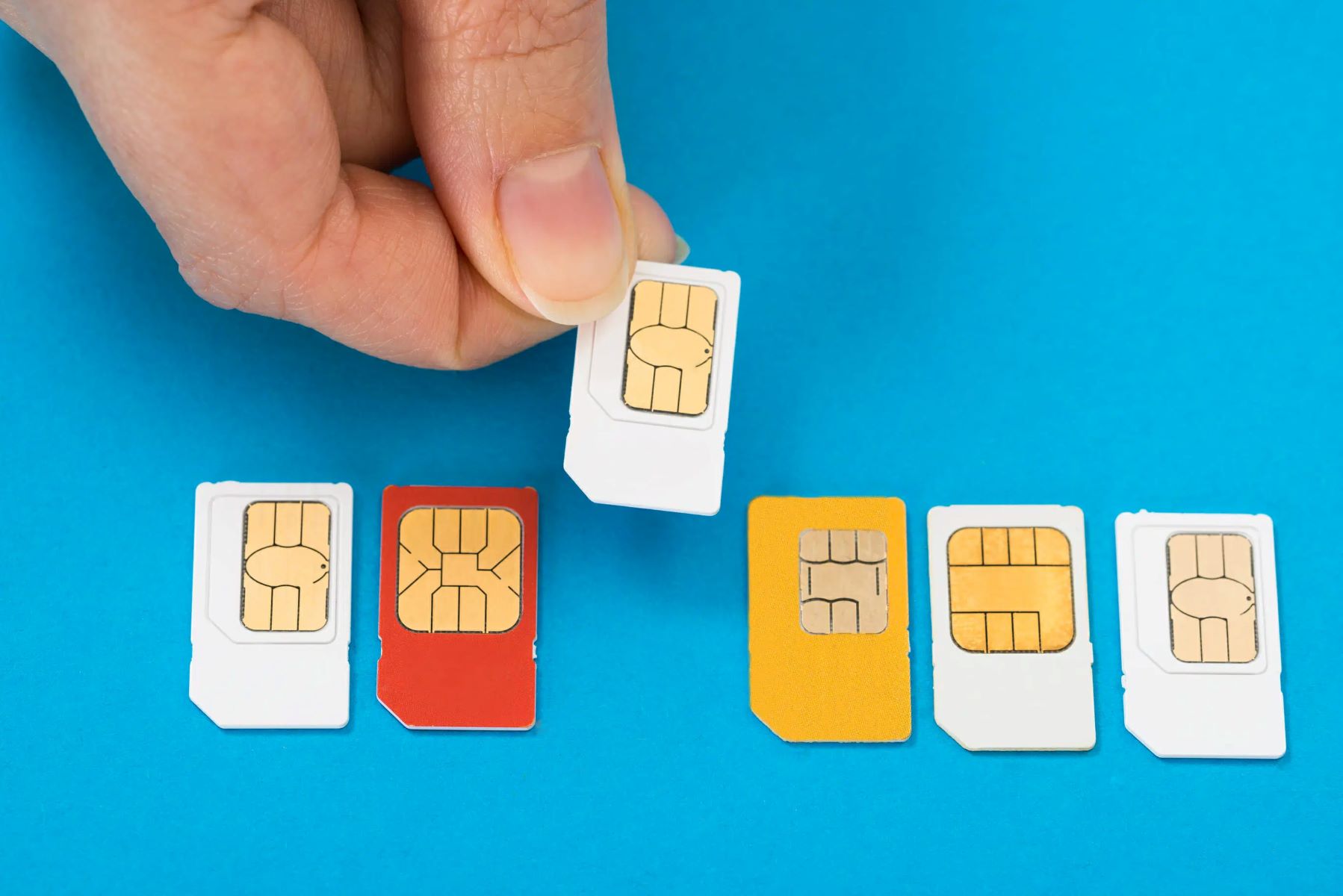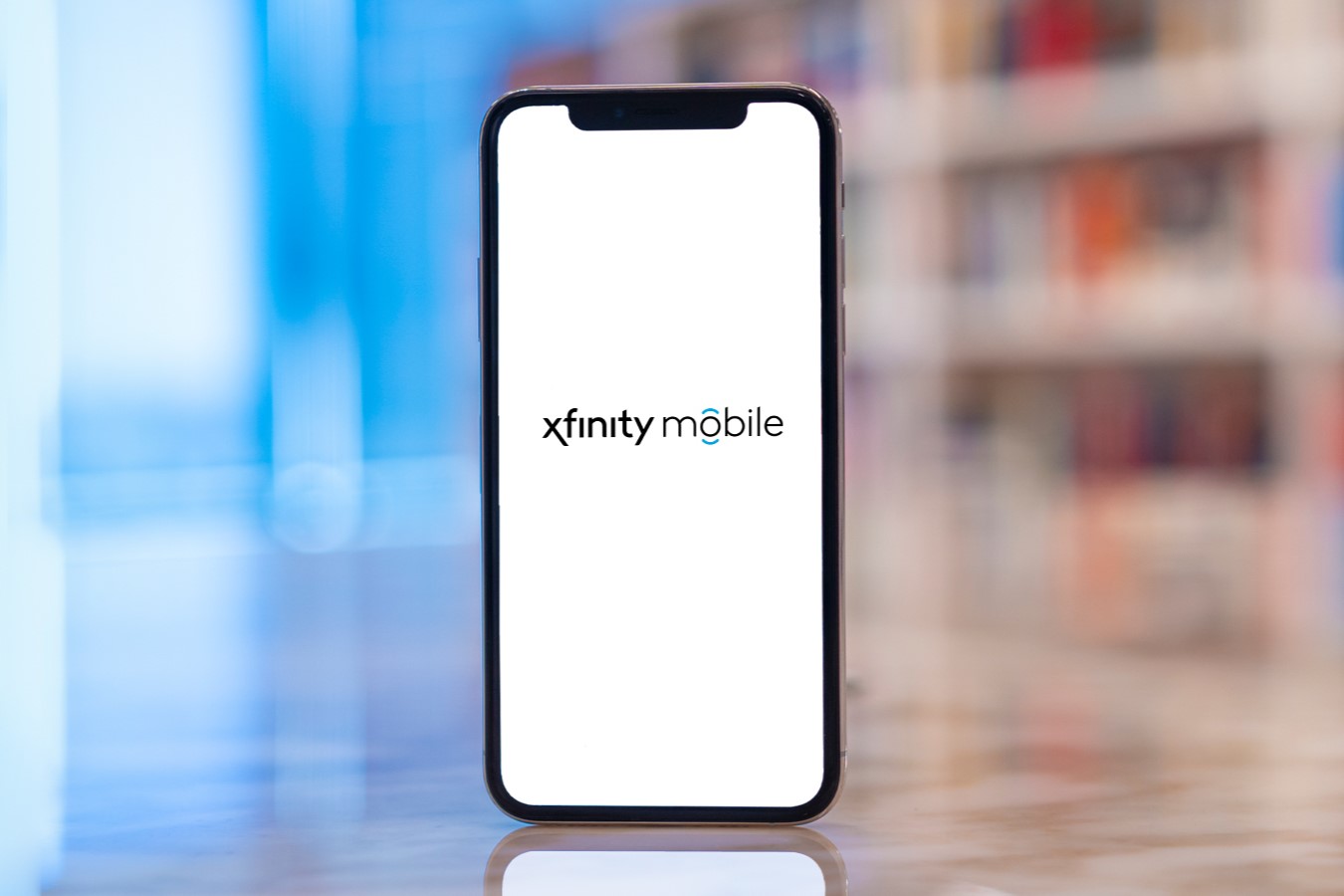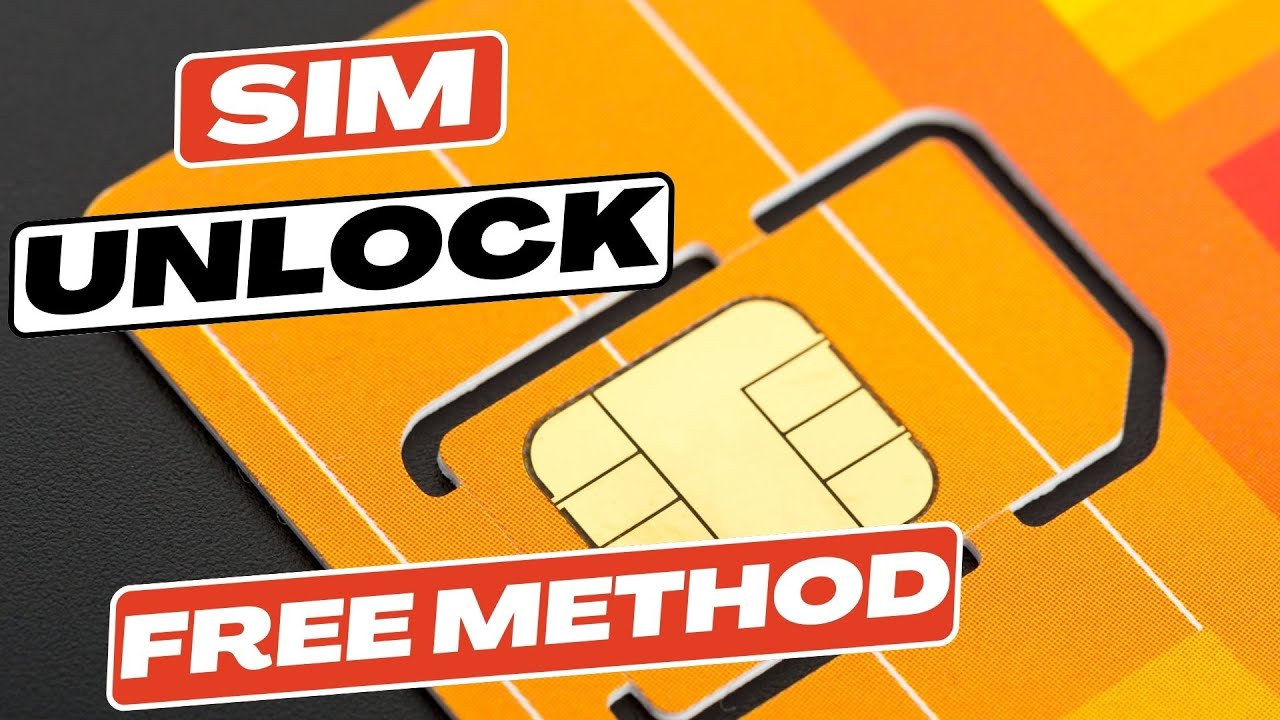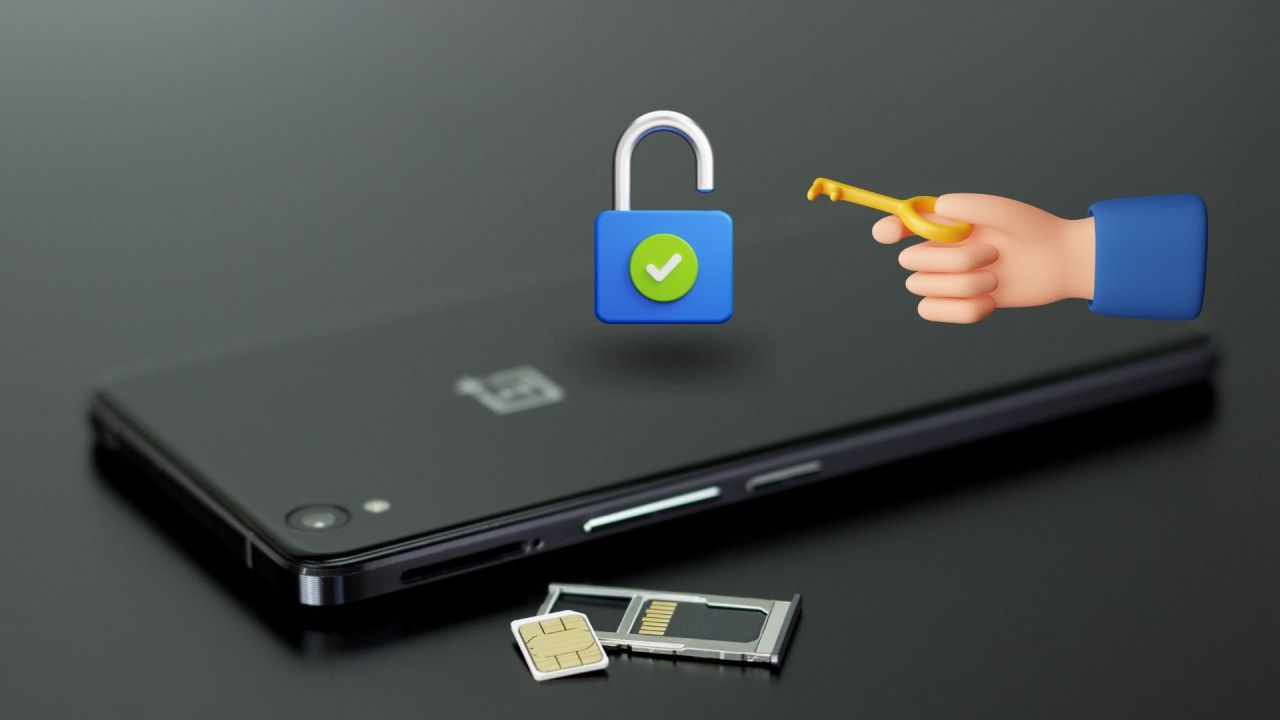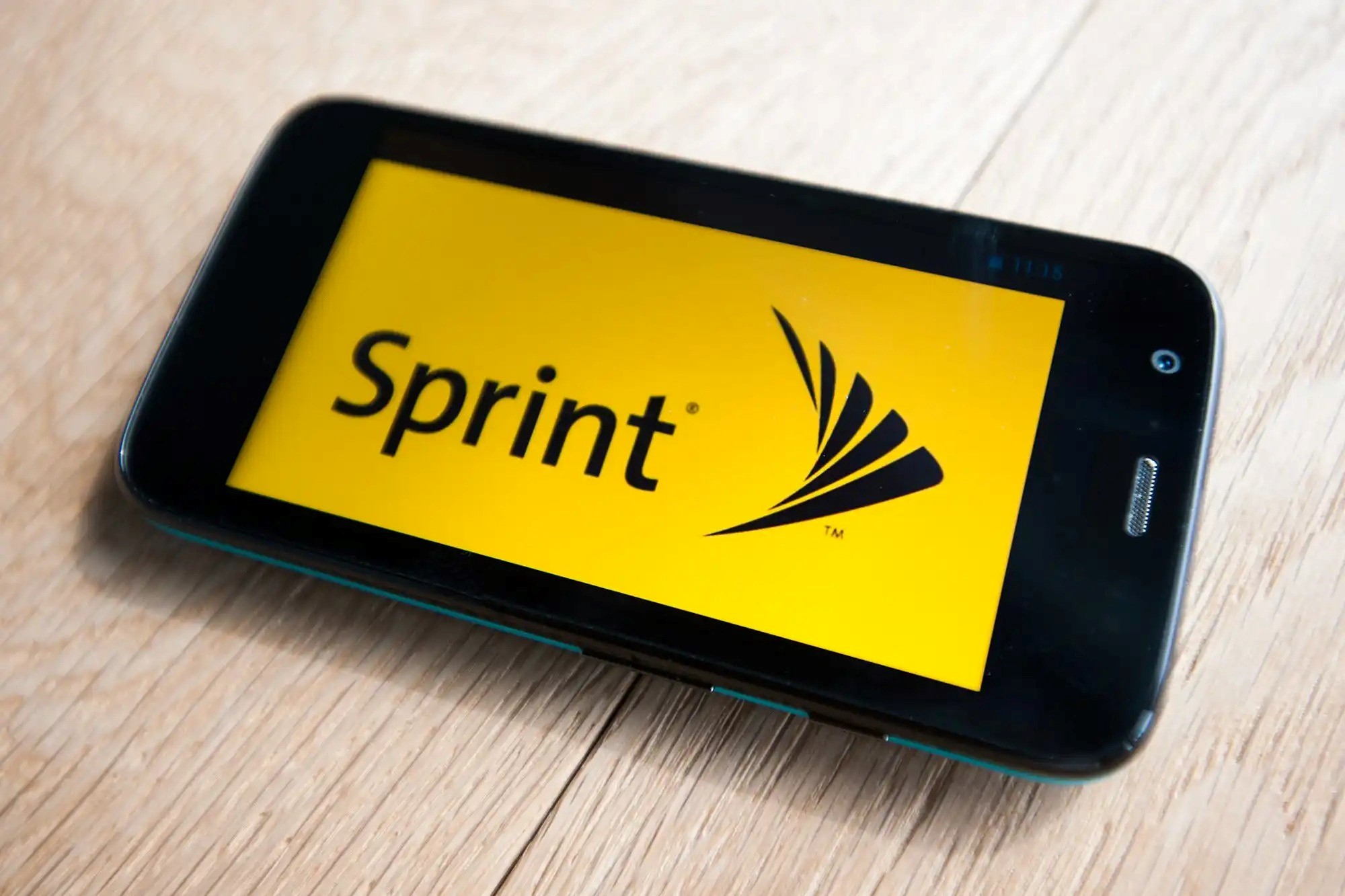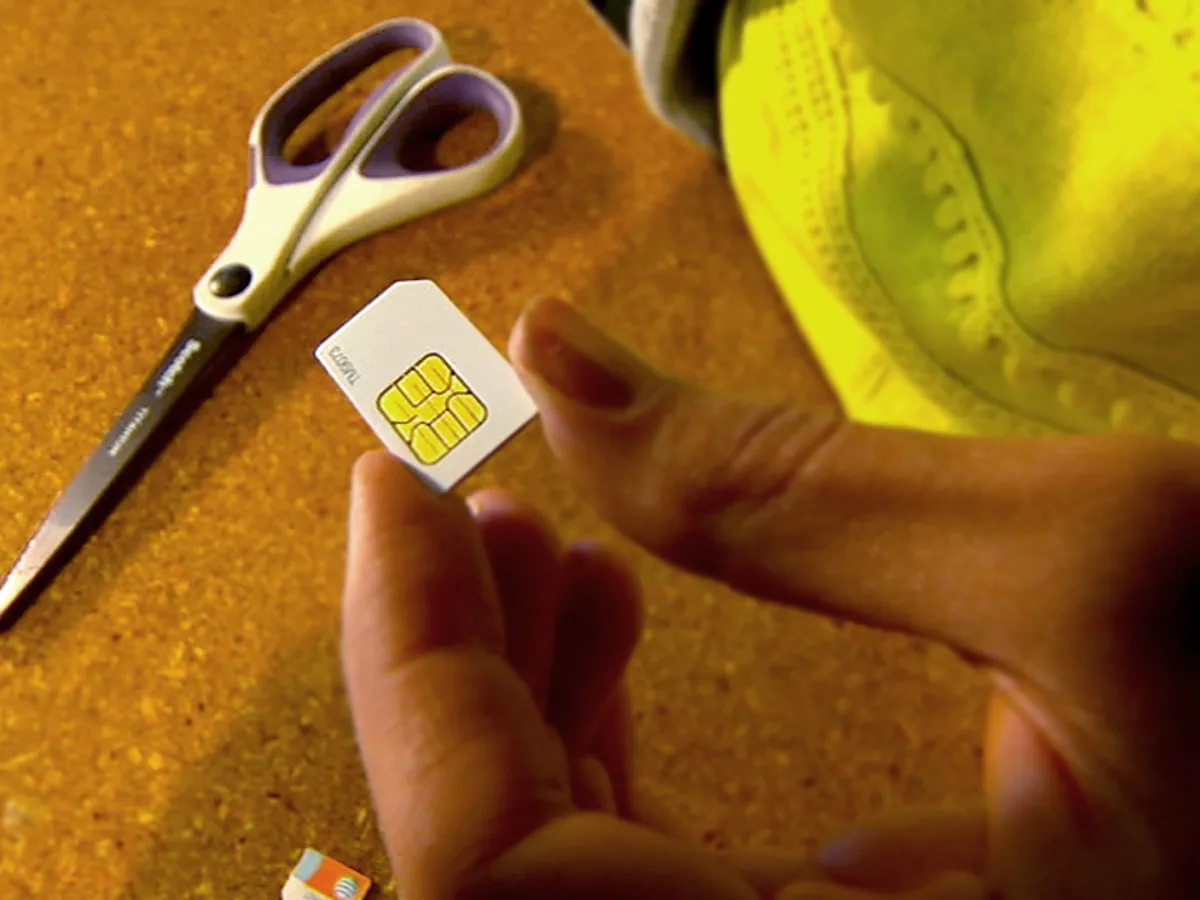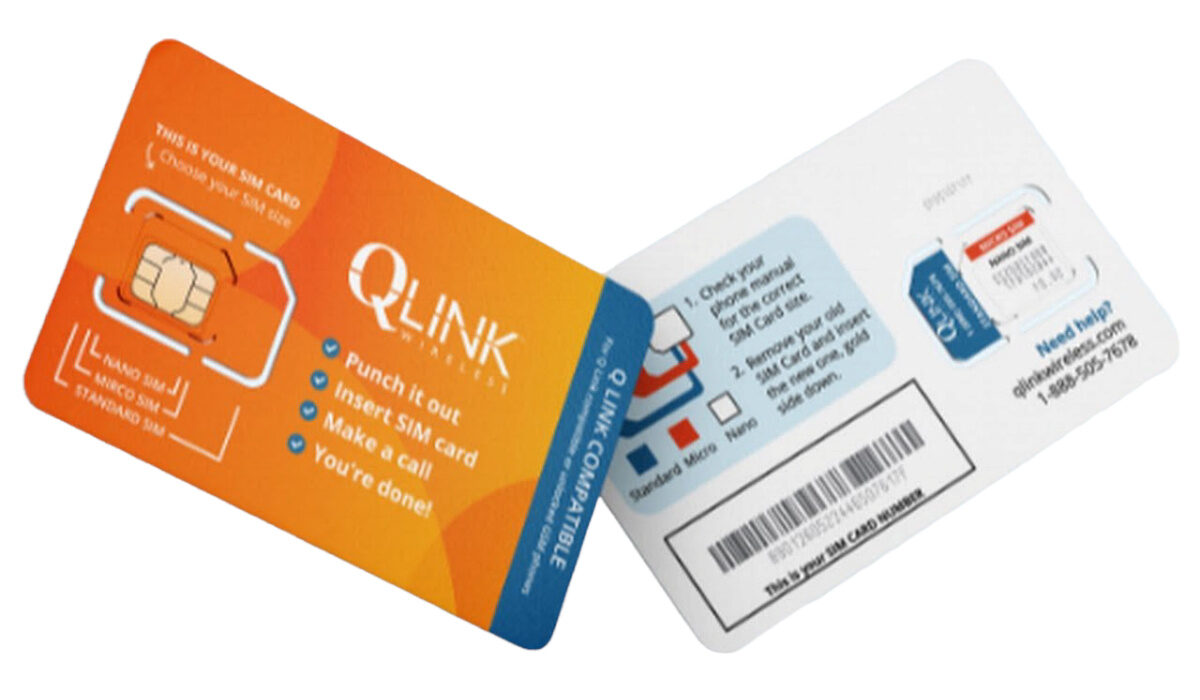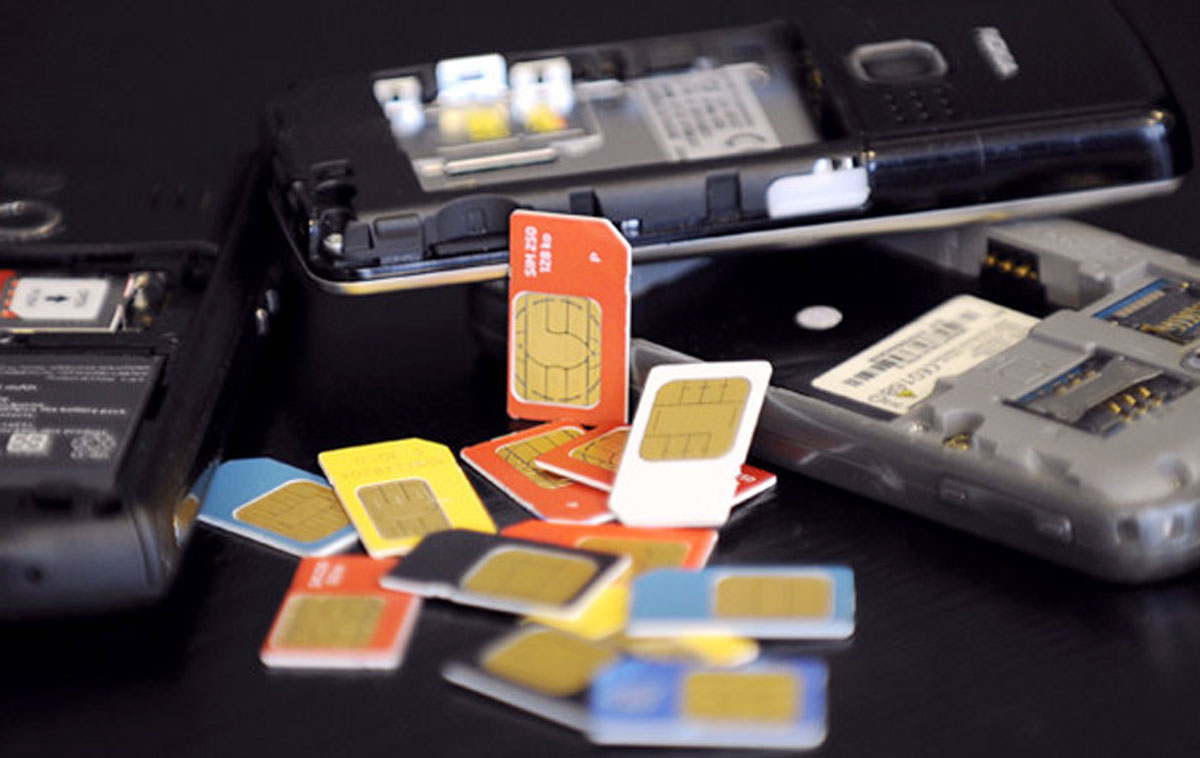Introduction
Obtaining a new SIM card is an essential step when acquiring a new mobile device or switching to a different mobile service provider. A Subscriber Identity Module (SIM) card plays a crucial role in enabling communication through mobile phones and other cellular-connected devices. It securely stores the subscriber's identity and allows access to the mobile network, making it a fundamental component for making calls, sending text messages, and accessing mobile data.
Whether you are a first-time mobile device user, upgrading to a new phone, or switching to a new carrier, acquiring a new SIM card involves a series of steps. This comprehensive guide will walk you through the process, providing valuable insights and practical tips to ensure a smooth and hassle-free experience.
From researching available options to activating the new SIM card, each step is vital in ensuring that you obtain a SIM card that aligns with your specific needs and preferences. By understanding the intricacies of this process, you can make informed decisions and confidently navigate the world of mobile connectivity.
Now, let's delve into the step-by-step process of obtaining a new SIM card, empowering you to make the best choices for your mobile communication needs.
Step 1: Researching Available Options
Before obtaining a new SIM card, it is crucial to conduct thorough research to explore the available options. This initial step sets the foundation for a successful SIM card acquisition, ensuring that you make informed decisions aligned with your mobile communication requirements.
Understanding Different Types of SIM Cards
The first aspect to consider during the research phase is understanding the different types of SIM cards available in the market. SIM cards come in various form factors, including standard SIM, micro SIM, and nano SIM. Each type is designed to fit specific mobile devices, and compatibility varies across different phone models. By familiarizing yourself with these variations, you can identify the type of SIM card required for your device, preventing compatibility issues during the acquisition process.
Comparing Mobile Service Providers
Researching available mobile service providers is essential for identifying the options that best suit your needs. Different providers offer a range of plans, including prepaid and postpaid options, each with distinct benefits and limitations. By comparing the coverage, pricing, data plans, and additional services offered by various providers, you can make an informed decision when choosing a mobile service provider to obtain your new SIM card.
Assessing Network Coverage and Quality
In addition to comparing providers, it is essential to assess the network coverage and quality offered by each provider within your area of use. Reliable network coverage is vital for ensuring seamless communication and access to mobile data. By researching coverage maps and reading user reviews, you can gain insights into the quality of service provided by different carriers, enabling you to select a provider with strong network coverage in your area.
Exploring Special Offers and Promotions
During the research phase, it is beneficial to explore special offers and promotions provided by mobile service providers. These may include discounted or free SIM cards, promotional data plans, or bundled services. By taking advantage of such offers, you can potentially save on initial costs and access additional benefits, enhancing the value of obtaining a new SIM card from a specific provider.
Seeking Recommendations and User Experiences
Finally, seeking recommendations from friends, family, or online communities can provide valuable insights into the experiences of other mobile users. By gathering firsthand recommendations and user experiences, you can gain a deeper understanding of the quality of service, customer support, and overall satisfaction offered by different mobile service providers, guiding your decision-making process.
By thoroughly researching the available options, you can approach the subsequent steps of obtaining a new SIM card with confidence, knowing that your choices are well-informed and aligned with your specific mobile communication needs.
Step 2: Choosing a Provider
Selecting the right mobile service provider is a pivotal decision when obtaining a new SIM card. With a multitude of providers vying for your attention, it's essential to consider several factors to ensure that your chosen provider aligns with your communication needs and preferences.
Evaluating Service Plans and Features
When choosing a provider, carefully assess the service plans and features offered by each option. Consider the variety of plans available, including prepaid and postpaid options, as well as the flexibility they provide in terms of data, voice, and messaging allowances. Additionally, examine the availability of international roaming options, mobile hotspot capabilities, and any additional perks such as entertainment bundles or loyalty rewards.
Considering Network Reliability and Speed
The reliability and speed of a provider's network are crucial factors that directly impact your mobile experience. Research the coverage maps and network performance data provided by each carrier to gauge the quality of their service in your area. Reliable network coverage and fast data speeds are essential for seamless communication and optimal use of mobile data, making this evaluation paramount in your decision-making process.
Reviewing Customer Support and Satisfaction
A provider's commitment to customer support and overall customer satisfaction is an integral aspect to consider. Explore user reviews, customer satisfaction ratings, and the responsiveness of customer support channels to gauge the level of support and assistance you can expect as a subscriber. A provider that prioritizes customer satisfaction and offers responsive support channels can significantly enhance your overall mobile experience.
Examining Pricing and Contract Terms
Carefully review the pricing structures and contract terms offered by each provider. Compare the costs of SIM cards, monthly service fees, and any additional charges such as activation fees or early termination penalties. Additionally, assess the flexibility of contract terms, including the absence of long-term commitments and the availability of no-contract options, providing you with the freedom to adjust your plan as needed without being tied down by stringent contracts.
Seeking Recommendations and User Experiences
Gathering recommendations and insights from current subscribers of the providers you are considering can provide valuable perspectives. Engage with friends, family, and online communities to learn about their experiences with different providers, including the quality of service, network reliability, and overall satisfaction. Real-world experiences from existing subscribers can offer invaluable insights into the day-to-day performance of each provider.
By carefully evaluating these factors, you can make an informed decision when choosing a mobile service provider to obtain your new SIM card. Selecting a provider that aligns with your communication needs and prioritizes customer satisfaction can set the stage for a rewarding and seamless mobile experience.
Step 3: Visiting a Retail Store or Ordering Online
Once you have researched and chosen a mobile service provider, the next step involves obtaining the SIM card itself. This can be done by visiting a retail store or ordering online, each offering distinct advantages based on your preferences and convenience.
Visiting a Retail Store
Visiting a retail store provides a hands-on experience, allowing you to interact with store representatives who can guide you through the process of obtaining a new SIM card. Upon arrival, you can inquire about the available SIM card options, discuss service plans, and seek personalized recommendations based on your specific needs. Additionally, you can physically inspect the SIM cards and accessories, ensuring that you select the appropriate one for your device. Retail store visits also offer the advantage of immediate access to the SIM card, allowing you to activate it and begin using your mobile service without delay.
Ordering Online
Alternatively, ordering a SIM card online provides the convenience of acquiring it from the comfort of your own home. Many mobile service providers offer online ordering options, allowing you to browse available SIM card packages, select your desired plan, and complete the ordering process with ease. Online orders are typically shipped directly to your preferred address, eliminating the need to visit a physical store. This method is particularly advantageous for individuals who prefer the convenience of doorstep delivery and the ability to complete the acquisition process at their own pace.
Considerations for Both Methods
When deciding between visiting a retail store and ordering online, consider factors such as convenience, accessibility, and your personal comfort level with each approach. Visiting a retail store may be preferable if you value face-to-face interactions and immediate access to the SIM card. On the other hand, ordering online offers the convenience of remote acquisition and doorstep delivery, catering to individuals who prioritize seamless, contactless transactions.
Ultimately, whether you choose to visit a retail store or order online, the goal is to obtain the SIM card efficiently and securely. Both methods aim to provide a smooth acquisition process, enabling you to transition seamlessly into using your new mobile service.
By carefully considering your preferences and logistical considerations, you can select the method that best aligns with your needs, ensuring a positive and convenient experience when obtaining your new SIM card.
Step 4: Providing Identification and Personal Information
Once you have obtained the SIM card, the next crucial step is to provide the necessary identification and personal information to activate the card and associate it with your mobile account. This process is designed to ensure the security and integrity of mobile communication services while adhering to regulatory requirements.
When providing identification and personal information, you will typically be required to furnish details such as your full name, address, date of birth, and a valid form of identification, which may include a government-issued ID card, passport, or driver's license. This information is essential for verifying your identity and establishing a legal and secure connection between you and the mobile service provider.
In addition to personal details, you may need to provide the unique identification numbers associated with the SIM card, such as the SIM card number and the ICCID (Integrated Circuit Card Identifier). These numbers are crucial for linking the SIM card to your mobile account and enabling the activation process.
The process of providing identification and personal information can be completed through various channels, including online portals, mobile apps, or in-person interactions at retail stores or authorized service centers. Regardless of the method, it is important to ensure the accuracy and authenticity of the information provided, as any discrepancies or inaccuracies may hinder the activation process and delay your ability to use the mobile service.
It is worth noting that the collection and verification of personal information are conducted in compliance with data protection and privacy regulations to safeguard your sensitive data. Mobile service providers are committed to upholding stringent security measures to protect customer information and prevent unauthorized usage of mobile services.
By carefully and accurately providing the required identification and personal information, you contribute to the seamless activation of your new SIM card, allowing you to harness the full potential of mobile communication services. This step is a pivotal component of the SIM card acquisition process, ensuring that your mobile account is established securely and in accordance with regulatory standards.
In summary, the provision of identification and personal information is a fundamental requirement for activating your new SIM card and initiating your mobile service. It underscores the importance of adhering to legal and security protocols while enabling you to fully utilize the capabilities of your mobile device.
Step 5: Activating the SIM Card
Activating the SIM card is the final step in the process of obtaining a new SIM card, marking the transition to full access to mobile communication services. The activation process enables the SIM card to establish a connection with the mobile network, allowing you to make calls, send messages, and access mobile data. This pivotal step requires careful attention to detail and adherence to the activation procedures outlined by the mobile service provider.
The activation process typically begins by inserting the new SIM card into your mobile device. Upon insertion, the device may prompt you to enter a PIN or PUK code to unlock the SIM card and initiate the activation process. It is essential to follow the device-specific instructions to ensure a seamless activation experience.
Once the SIM card is inserted and any necessary codes are entered, the device will attempt to register with the mobile network. This registration process involves the SIM card authenticating itself with the provider's network, establishing a secure connection that enables the device to access mobile services.
In some cases, the activation process may require additional steps, such as initiating a call or sending a text message from the device to trigger the activation. Alternatively, the provider may offer online activation portals or dedicated activation hotlines to guide subscribers through the process.
During the activation process, it is important to remain patient, as network registration and provisioning may take a few moments to complete. It is advisable to keep the device powered on and within network coverage during this period to ensure successful activation.
Upon successful activation, the device will display network signal indicators, confirming that the SIM card is operational and ready for use. At this point, you can begin making calls, sending messages, and accessing mobile data as per your subscribed plan.
It is important to note that the activation process may vary slightly depending on the mobile service provider and the specific device being used. Following the activation instructions provided by the provider and the device manufacturer is crucial to ensure a smooth and successful activation experience.
By completing the activation process, you finalize the integration of the new SIM card with your mobile device, unlocking the full spectrum of mobile communication capabilities. This step marks the culmination of the SIM card acquisition journey, empowering you to harness the power of seamless and reliable mobile connectivity.
Conclusion
Obtaining a new SIM card is a significant milestone in the realm of mobile communication, marking the beginning of a seamless and connected experience. Through the comprehensive process outlined in this guide, individuals can navigate the intricacies of acquiring a new SIM card with confidence and clarity. From conducting thorough research on available options to activating the SIM card, each step plays a pivotal role in ensuring a smooth and tailored experience.
By delving into the world of SIM card acquisition, individuals gain a deeper understanding of the diverse array of options available, empowering them to make informed decisions aligned with their unique communication needs. The exploration of different types of SIM cards, comparison of mobile service providers, assessment of network coverage, and exploration of special offers all contribute to a well-rounded approach to selecting the most suitable SIM card and provider.
The process of obtaining a new SIM card extends beyond mere acquisition, encompassing the selection of a mobile service provider that resonates with the individual's preferences and priorities. By carefully evaluating service plans, network reliability, customer support, and pricing structures, individuals can align themselves with a provider that not only offers connectivity but also prioritizes customer satisfaction and service quality.
The journey of obtaining a new SIM card also encompasses the seamless acquisition process, whether through a visit to a retail store or an online order. The flexibility of these methods caters to diverse preferences, ensuring that individuals can obtain their SIM cards with convenience and ease, setting the stage for a positive mobile experience.
The provision of identification and personal information underscores the commitment to security and regulatory compliance, establishing a secure connection between the subscriber and the mobile service provider. This step ensures that mobile accounts are established with integrity and adherence to legal standards, contributing to a trusted and reliable mobile ecosystem.
Finally, the activation of the SIM card marks the culmination of the acquisition journey, enabling individuals to unlock the full potential of their mobile devices and embrace seamless communication. This pivotal step signifies the seamless integration of the SIM card with the mobile network, paving the way for uninterrupted calls, messages, and mobile data usage.
In conclusion, the process of obtaining a new SIM card is a multifaceted journey that intertwines research, decision-making, acquisition, and activation. By embracing each step with attentiveness and consideration, individuals can embark on their mobile communication endeavors with confidence, equipped with the knowledge and insights to make the most of their newfound connectivity.







